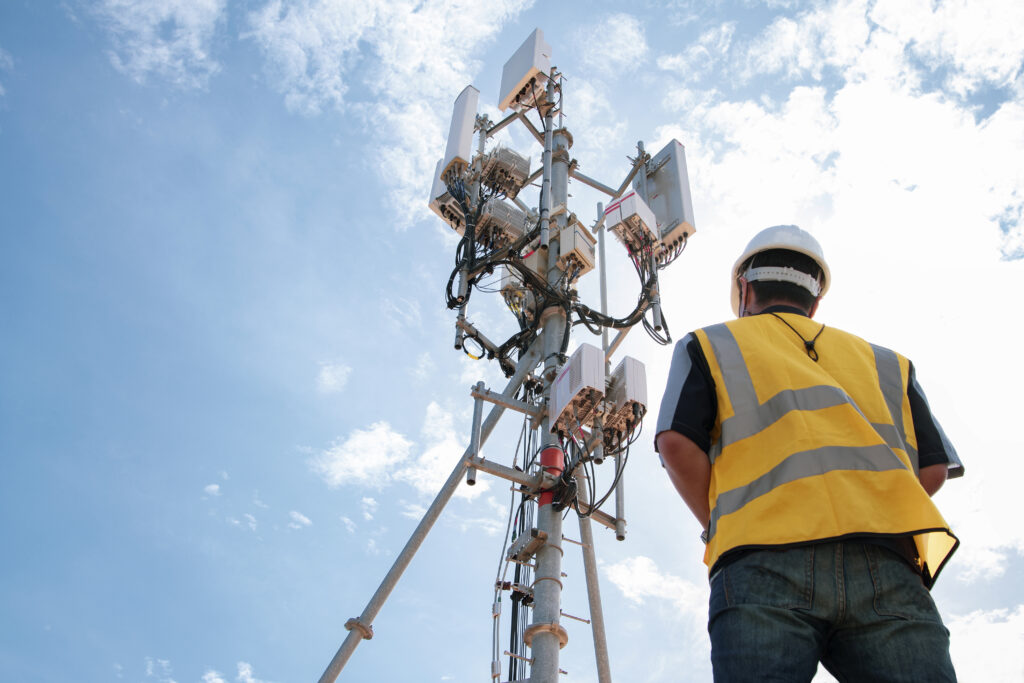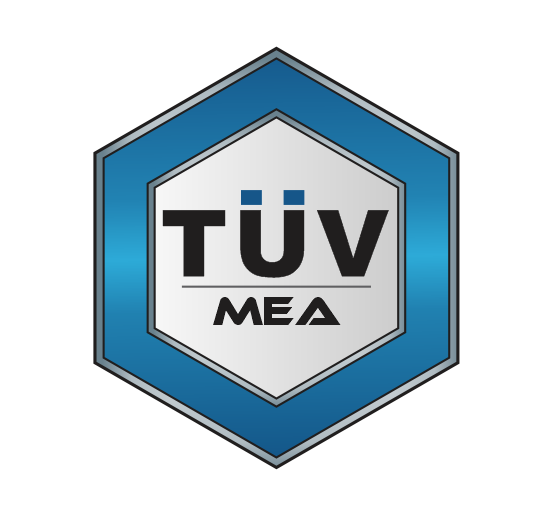Communication Tower Inspection
Communication towers play a pivotal role in modern telecommunications, providing the infrastructure for wireless communication, radio broadcasting, and other essential services. Communication tower inspection is a critical process aimed at ensuring the structural integrity, safety, and proper functioning of these towers. Given their often elevated and remote locations, regular inspections are necessary to identify potential issues, prevent structural failures, and maintain the overall reliability of the communication infrastructure.

Types of Communication Tower Inspection:
Visual Inspection
This is a basic level of inspection involving a visual examination of the tower structure, antennas, cables, and other components. Visual inspections help identify obvious signs of damage, wear, or environmental factors that may affect the tower’s integrity.
Structural Inspection
Structural inspections involve a more in-depth examination of the tower’s physical components, including its foundation, support structures, and connections. Engineers assess the tower’s capacity to withstand environmental forces such as wind, ice, and seismic activity.
Antenna and Transmission Line Inspection
This type of inspection focuses on the antennas and transmission lines attached to the tower. Engineers check for any damage, misalignment, or corrosion that could impact signal quality and transmission efficiency.
Radio Frequency (RF) Safety Inspection
RF safety inspections are crucial to ensure that the radiation levels around the communication tower are within permissible limits. This helps protect both workers and the public from potential health risks associated with radiofrequency exposure.
Environmental Inspection
Environmental inspections assess the impact of weather conditions, such as corrosion due to exposure to salt or other corrosive elements. Regular environmental inspections help prevent long-term damage to the tower structure.
Benefits
Regular inspections contribute to the safety of workers who may need to access or perform maintenance on communication towers. Identifying potential hazards early allows for timely corrective action.
: Inspection findings help identify issues before they escalate into major problems, allowing for timely repairs and preventive maintenance. This can extend the lifespan of the tower and reduce overall maintenance costs.
Ensuring the structural integrity of communication towers is essential for maintaining the reliability and performance of communication networks. Uninterrupted connectivity is crucial for various industries and emergency services.
Many countries and regions have regulations and standards in place governing the inspection and maintenance of communication towers. Regular inspections help ensure compliance with these regulations, avoiding legal and regulatory issues.
Timely identification and repair of issues during inspections can prevent more extensive and costly damage to the tower. This contributes to overall cost savings in terms of repairs and potential network downtime.
Properly maintained communication towers reduce the risk of structural failures or accidents that could pose a threat to public safety. This is particularly important in densely populated areas where towers are often located.
